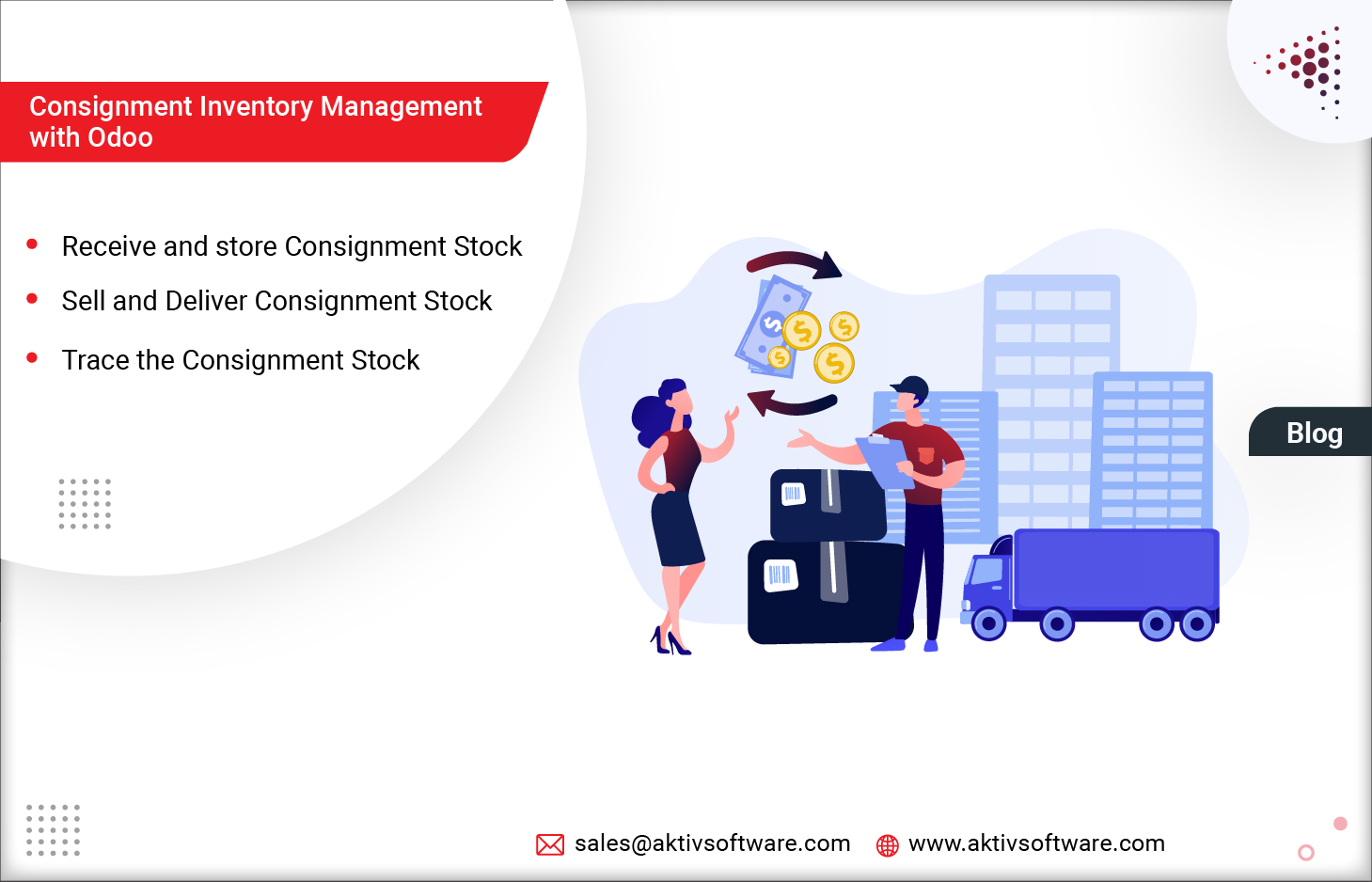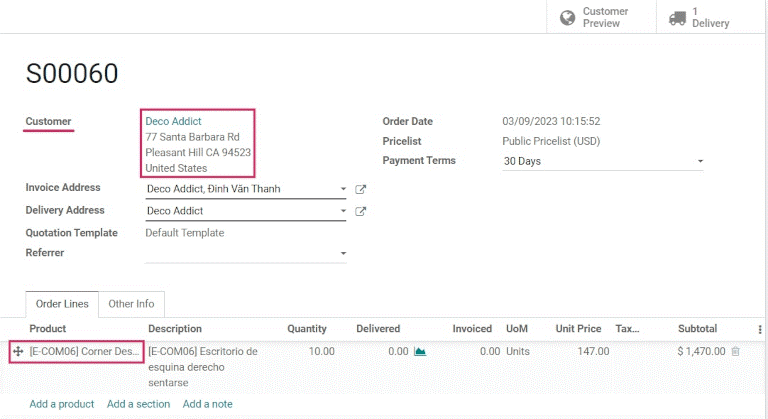Inventory management is a top priority for any retailer, wholesaler, or distributor.
Most of the time, products stored in a company’s warehouse are purchased from suppliers or manufactured in-house, making it easier to manage and forecast stock.
However, customer demand is difficult to judge for industries and products involved in fashion, non-necessity items, or seasonal products. A seller might be uncertain about ordering, the risk of losing profit to perishable goods or overstocking.
That is where the Consignment Inventory comes into the picture. Simply put, it means buying and selling stock/products without buying them.
In this strategy, vendors or suppliers own and manage the inventory freight. At the same time, the sellers are simply responsible for the stock that sells and for any selling expenses, making it a win-win solution for both suppliers and the store.
In this blog, we will see how Odoo users can manage the Consignment Inventory for their business.
Guide to Managing Consignment Stock in Odoo
Configuring Consignment in Odoo
Odoo allows you to set up consignment-related parameters, such as consignment partners, locations, pricing agreements, and specific consignment products.
To receive, store, and sell consignment stock, follow these steps:
- Go to Inventory Configuration > Settings
- Under the Traceability section, check the box next to Consignment, then click Save to finish.
How to Receive and Store Consignment Inventory in Odoo?
Once you have successfully configured consignment stocks, you are ready to receive the stock and record it in your system. Go to the Inventory dashboard, and click on the Receipts section. Then, click Create.
As the Consignment Inventory received from the vendor is still owned by the vendor, you need to match the Receive and Assign ownership field in Odoo.
Now, start entering products and set the quantities to be received into the warehouse under the Done column. Once all the consignment stock has been received, validate the receipt.
Note:
As the Consignment Stock is not purchased from the vendor, there are no quotations or purchase orders involved in receiving consignment stock. So, Odoo will allow you to create manual receipts of consignment stock.
How to Sell and Deliver Consignment Stock in Odoo?
Once Consignment Stock is received in the warehouse/store, it will be sold like any other in-stock product.
To create a sales order, go to the Sales app, and click “Create” from the Quotations. Next, choose a customer to enter into the Customer field.
Add the consignment product under the Product column in the order lines, enter the Quantity and click Confirm. Once the quotation has been confirmed and converted to a sales order, the products are ready for delivery.
Ensure that the customer is not the vendor supplying the consignment stock.
How to Trace Consignment Inventory in Odoo?
As mentioned earlier, the consignment products are not owned by the seller, are owned by the vendor who supplied them, and are not stored in the seller’s warehouse.
But Odoo will still trace the Consignment Stock and generate inventory reports, as it does for other products. You can find your consignment inventory reports under the Reporting tab.
Must Know: Since the consignee (seller/the one who receives the consignment stock) does not own the stock, these products are not reflected in the Stock Valuation report and have no impact on the inventory valuation.
Odoo Consignment Product Moves Report
For consignment products, the product moves information is the same as any other product. Consignee can view the history of its product moves, the Quantity Done, the Reference document, and its Locations.
To view a consignment product moves by ownership:
- Select the Group By filter
- Add Custom Group parameter
- Select From Owner, and Apply to finish.
To know more about managing Consignment Inventory in Odoo, contact us for a free demo call.










